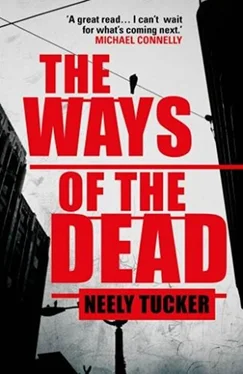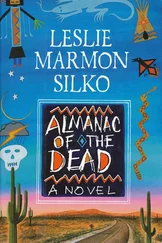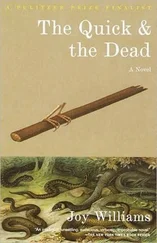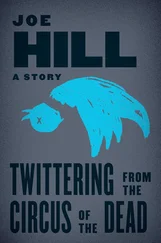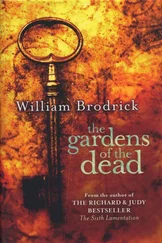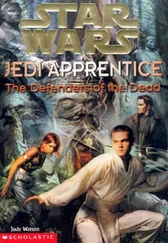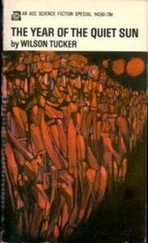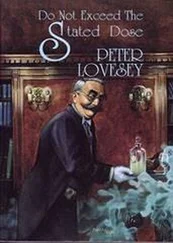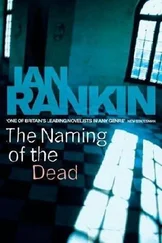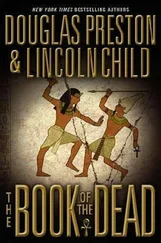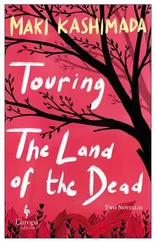“Pittman is a sideshow. A stale story for Chris, something to keep the youngster busy. This-this, now, is your chance to take over the Reese story. You see it now? The play here? The suspects are going to have their initial appearance in court this afternoon. We can have you there, overseeing, and moving on to takeouts on-”
“The C-10 is a presentation,” Sully said. “There’s no bail in the District. It’s just flight risk and danger to the community. They’re not going anywhere. Keith covers the courts. Give it to him.”
“Yes, but we’re going to need to know everything about these men, teenagers, whatever, so yes, Keith can handle the hearing. But we need you out in the neighborhood, the old pro, going for the families, the relatives, the neighbors.”
“Lemme guess. I’d dig up a fucked-up home life, discipline problems in school, a mom who says her baby just wouldn’t do this, and a father who-”
“Did you have a point in mind, Sullivan?”
“Yes. I did. I do. We’re going to advance this story through the killings on Princeton Place, not the kill ing . That’s what I was trying to say yesterday, and Melissa and Eddie didn’t want to hear it. Three women have been killed within 150 yards of one another, none of the cases solved. The Reese kid is just the latest. It’s-”
“Wait wait wait. Sarah Reese, Noel Pittman. Who’s the third?”
“Lana Escobar. Prostitute. Got killed up at the baseball field at the top of the block, last summer. Lana, Noel, Sarah. Three.”
“A prostitute? Well, Christ, Sullivan, take off your tutu and come back from the ball. I just don’t think so. They just got the bad guys on the Reese killing, or did I misread your story on the front page? Now, this morning, we got the body of some young woman, perhaps more fond of cocaine than a fixed address, discovered in a basement a few doors down the block. No arrests on that one, probably never will be. And a street hooker. You put this in what blender to get a story?”
“The blender of ‘Who’s killing all these women?’”
“You’re pouting. You didn’t get the call this morning. It doesn’t suit you.”
“The three suspects on the Reese thing, R.J.? They’re not going to stand. We don’t want to follow this too hard. We’ll get burned.”
“Your own story is bullshit?”
“Three men were arrested in a dramatic raid and the police say they killed Sarah Reese. That’s what I reported, and that’s not bullshit. The arrests aren’t going to stand. Also no bullshit.”
“And who says that?”
Sully tried to let his shoulders loosen. He had a knot in the middle of his upper back. His bowels felt cramped. The office, the office-who the fuck ever came up with the idea of working in an office?
“Okay. Okay. Part of that, what I know? I can’t tell you because it’s a confidential source and-”
“Whose name and position is?”
“Can’t say.”
“You can’t hide sources from your editors, you know that. Confidentiality means we don’t put it in the paper-”
“I don’t need the primer-”
“-and that eventually, you might go to jail rather than reveal it to a judge or to the public. But editors know the reporter’s source if need be. And I’m saying there’s a need.”
“Then we’ll just have to discount that part of it, because there is no way I’m giving up the source on this.”
R.J. blinked and looked at him, wrinkling his nose, making the bifocals twitch. He did not otherwise move. “You do remember your suspension. You went with a confidential source about Judge Foy-”
“My source was David Reese.”
“He says not. Edward agreed with him.”
A deep breath.
“Okay, think about this, R.J. Give it the smell test. These three guys? They’re shooting hoops on Friday evening, early, drinking beer, talking shit, a couple of blocks off Georgia. They go to the store, they bump into some white chick-and what, they drag her in an alley and slit her throat?”
“The police say they found the girl’s wallet on them.”
“That’s what the ‘item’ was?”
“Chris got it from a detective this morning while he was at the Noel Pittman thing. It’ll be mentioned in the hearing this afternoon.”
“Okay. Okay. So she drops it in the store, they pick it up. Maybe they stole it. That I can believe. I can’t believe they somehow got her in the alley and killed her just boom boom like that.”
It seemed as if all the air was going out of R.J. The man looked as if somebody had pulled a little plastic plug out of his chest and now he was a deflating balloon. He looked like he was wondering what Sully would blow on a Breathalyzer right about now.
“Do you have an aversion to the smart money, Sullivan? You have a clear path to the number one story in the paper, if not the nation, and you’re begging to take a back-road detour. This is called self-negation in psychiatric circles.”
They had made it to Sully’s desk and he plunked down in his chair, glad to have the weight off his knee. He motioned R.J. to pull up another. He needed this man for an ally, R.J. well placed to play the Ivy League mind-fuck games that the paper required-hustles that, Sully damn well knew, he lacked the formal education, tact, and patience to tolerate. R.J., on the other hand, after a turbulent and moneyed youth in Boston, and after being drummed out of the U.S. Army during Vietnam (sodomy, insubordination), had blossomed into a high-brow journalist and intellectual of the type that Washington society, and New York publishing, adored. Four-time Pulitzer finalist, two wins. He and his partner, the artist Elwood Douglas, were big in the D.C. arts and museum circles. Their house was filled with art, mainly with Elwood’s canvas works, but also, on the mantel, sat one of Capote’s hand-decorated snakebite kits, this a sign of R.J.’s whimsy, his easy wealth, and his sincere, if slightly patronizing, ideas about Southern art and madness.
Behind R.J., the homicide map loomed on the cubicle wall.
“Okay. So look-just look at the map, R.J. It’s behind you. No-lean up-yes. There. The pin dots are homicides. Black pins, black male murder victims. White pins, white men. Yellow pins, Asian. Orange, Hispanic.”
“This is quite racist, you know.”
“Pink pins, women victims of any race.”
“Have you had a talk with HR on sensitivity training?”
Sully knew, without counting, that there were two hundred and six pins of all colors so far this year. One hundred and seventy-one pins were black. Eleven were orange. Four were white. One was yellow.
“There are only nineteen pink pins, R.J. See how they’re spread out, but mostly east of the Anacostia?”
“All of them are mostly east of the Anacostia.”
“Yeah. Well. Watch this.” He reached into the top sliding drawer of his desk and pulled out three pink pins. He rolled the chair over to the cubicle wall. He found the intersection of Georgia and Princeton Place, then traced a finger slightly to the right to get to the rec center. He pushed all three pins in-marking the deaths of Sarah, Noel, and Lana. Then he pushed his chair back, rolling until he stopped alongside R.J.’s chair.
The map documented, in ways that economists and social scientists spent oceans of time and expense duplicating, the diamond-shaped city’s fault lines between race and class. To the west of the green expanse of Rock Creek Park, there were only three pins, two white and one black. To the right of the park, to the east and south, there were more than 190, almost all of them black.
Right in the middle, apart from any other pins, were the three pins Sully had just inserted. They formed a tiny pink cluster, a raised welt.
Читать дальше
